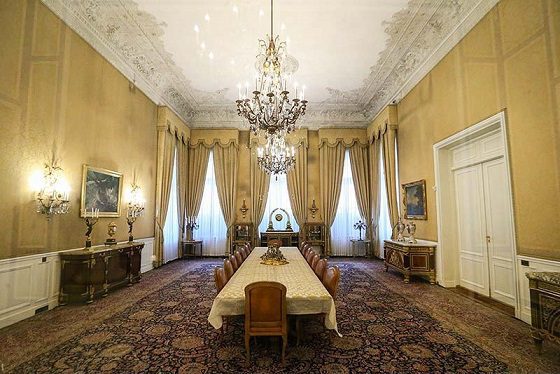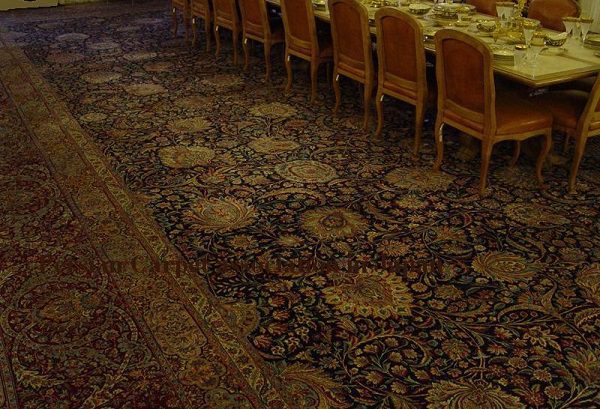Irana Carpets
Amoghli carpet: the protagonist of Khorasan
Amoghli carpet: the protagonist of Khorasan
Khorasan carpets and especially mashhad carpets have a brilliant reputation in the carpet market. Among these carpets, the name “Amoghli” is a famous name referring to the carpets made by the Amoghli brothers. The carpets from the Amoghli brothers’ workshops are still on display as they were ordered by Reza Khan Pahlavi Who was then a general in the army of the dynasty Qajar of the last king Ahmad Shah who was dismissed precisely by the reza khan that gave rise to the Pahlavi dynasty , for the king’s palace. At the end of the Qajar dynasty, Persian carpets became popular in the world, and many companies began to invest in the carpet market. Cities such as Tabriz, Kerman, Isfahan and Mashhad had skilled craftsmen and became famous centers for knotting carpets. Among these experts, the Amoghli family became famous for their wonderful productions of the fine carpets on a large scale.

The Amoghli family was originally from Tabriz. They emigrated to Mashhad during the 12th century and opened their carpet workshops in downtown Mashhad and
Torqabeh
, the latter being a city located 29 km east of Mashhad. They later opened more workshops in Mohammad Abad,
Birjand
,
Golmakan
e
Shandiz
with over 150 looms for knotting carpets in some of them.

The Amoghli family’s reputation is due to their large space workshops to be able to install the large looms for knotting large carpets. Some of these workshops had a roof height of more than 8 meters, suitable for knotting large carpets. The carpets in the Marble Palace in Tehran with dimensions 10×14 meters were knotted in the Amoghli workshop.
The knots of Amoghli carpets are usually both symmetrical (Turkish) and asymmetrical (Persian). In some fine high-density carpets, half knots were used in order to have precise curved lines in the pattern. The colors of the Amoghli carpets are of high quality of natural origin. It is known that they used very skilled artisans to perform the dyeing process to ensure that the wool for knotting the carpets had a unique color.
Since most Amoghli carpets were custom designs, they used the designs of ancient Persian carpets from the Safavid period and earlier, as well as images of carpets from museums abroad. With the experience they have gained over the years, they have interfered in these projects and made them unique. Many of the Amoghli carpets at the time of Pahlavi dynasty were on display in the Iranian embassy in Paris and in palaces such as Mellat, Golestan and Sa’d Abad and in some museums both in Iran and in France and England.





